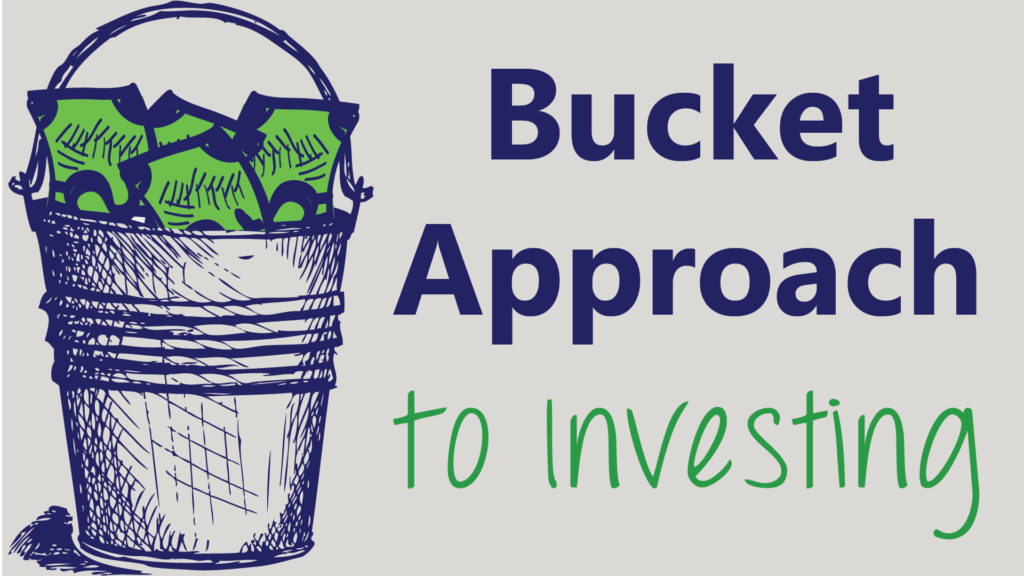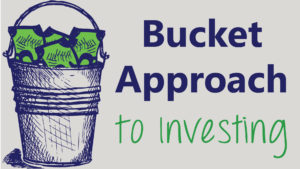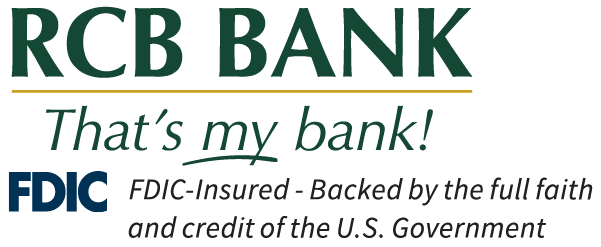
Investing is a tool for building wealth.
Legendary investor Warren Buffett defines investing as “… the process of laying out money now to receive more money in the future.”
The key to successful investing is setting clear-cut goals. Know what you want, the cost to get it and how long you have to save.
We all have different comfort levels when it comes to investing our money. We call this risk tolerance. The concept of risk tolerance refers not only to your level of comfort in taking a risk, but also your financial ability to endure the consequences of loss.
Therefore, when it comes to investing, there is no one- size-fits-all strategy. When I talk about investing with my clients, I like to use a bucket visualization. Imagine investing as three buckets.
Everyone needs to begin with a foundation – bucket one. This is your readily available cash, including your savings, emergency fund and short-term investments.
Once you have bucket one filled, you are ready to toss money into buckets two and three, your mid-term and long-term goals. The amount you invest in each bucket varies by your time horizon and risk tolerance. Bucket two consists of low-risk investments while bucket three is long-term, higher growth risk investments.
As with any plan, it is important to monitor your portfolio to ensure you stay on track with your goals.
If you plan to work with a financial advisor, make sure they are working for you with your best interest in mind. It’s important that you have an open line of communication with your advisor.
I am here to help answer questions you may have about investing even if you are not an RCB Bank customer. Feel free to call me at 918.342.7100 or email mwood@bankrcb.net.
At RCB Bank Trust, we offer professional recommendations at no cost, no obligation.
We provide a conservative approach to growing and preserving wealth tailored to your individual financial needs. Call one of our wealth advisors today and request your free review.
We offer free portfolio reviews at no cost, no obligation. We’d be happy to take a look at your current portfolio and offer a second opinion to ensure you’re getting the most out of your investments. Connect with a wealth advisor in your area.









